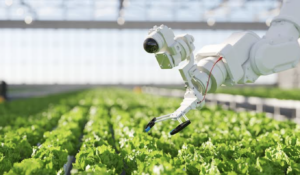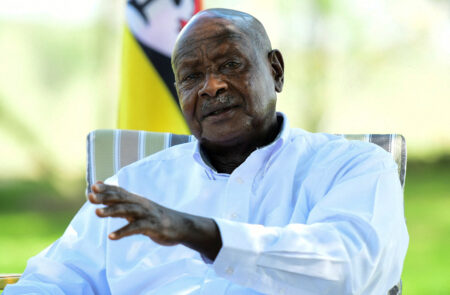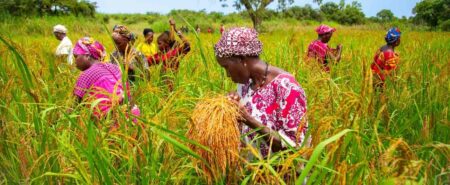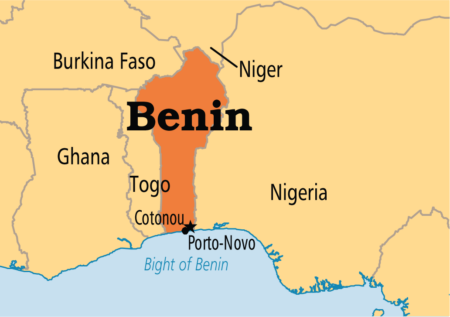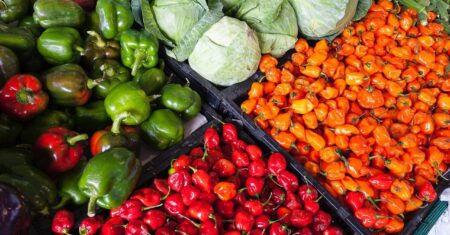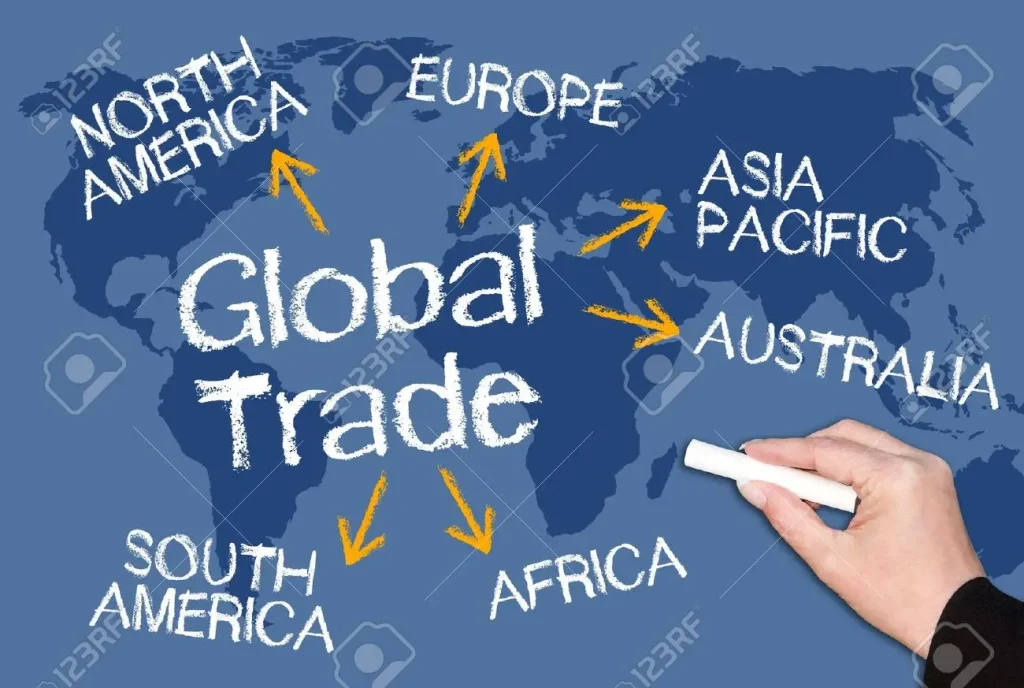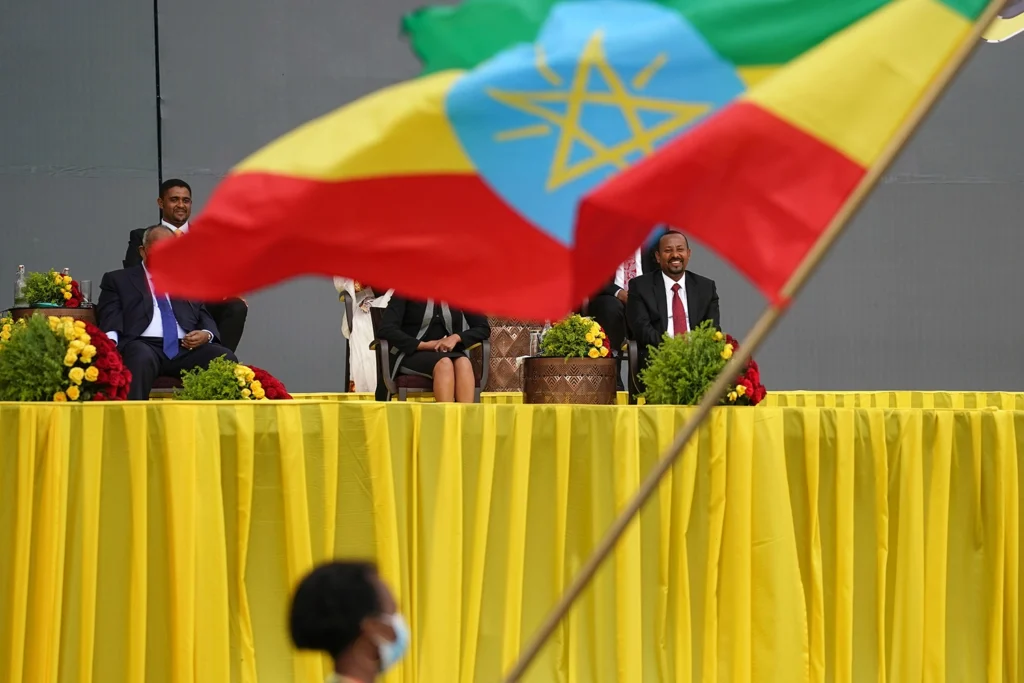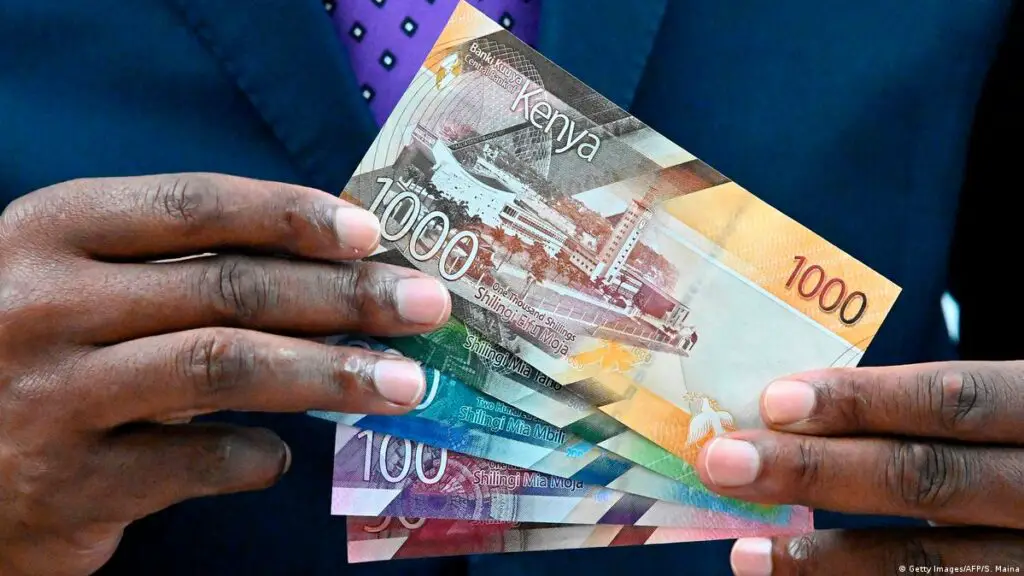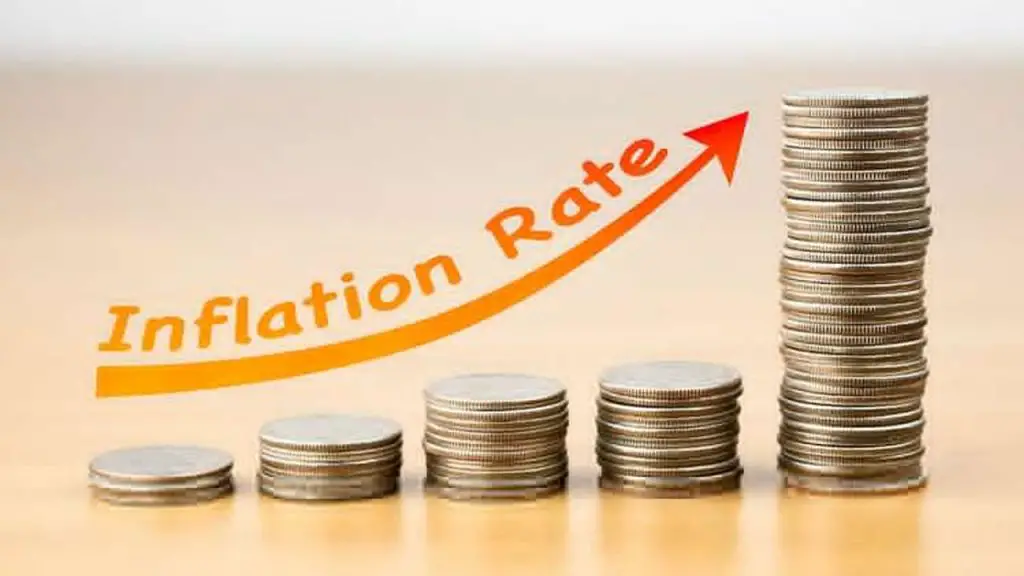- Africa’s new dawn: the rising role of digital and AI in agriculture
- Can Dangote Refinery Transform Africa Energy Ambition
- Gallup Survey: 80 per cent of Kenyan Workers Are Disengaged and Seek New Opportunities
- Madagascar Man Freed from 5KG Tumor After 15-Year Struggle
- How women in Africa are perceived and treated
- Sugar consumption in Kenya to Increase to 1.23 Million Tonnes
- Can Somalia and Turkey Oil deal Bring Change in Somaliland
- Remittances to Kenya dropped to $371.6 million in June, marking a six month low
Browsing: Economic recovery
- The IMF has issued Uganda $120 million as part of its Extended Credit Facility (ECF) Arrangement to aid recovery.
- Total disbursement to Uganda under the ECF Arrangement now reaches $870 million.
- IMF urges Uganda to give its Central Bank independence
Kampala is set to receive $120 million as part of its Extended Credit Facility (ECF) Arrangement with the International Monetary Fund (IMF) to aid Uganda’s economic recovery amidst various challenges, including backlash due to a harsh anti-LGBTQ law.
The IMF executive board has approved immediate disbursement of the said amount after the conclusion of its fifth review of Uganda’s ECF Arrangement. “This brings the aggregate disbursement under the ECF Arrangement to about $870 million,” the IMF note says in part.
Uganda qualified for about $1 billion under the ECF Arrangement as of June 2021, which is now distributed in part every other year.
IMF loan to aid Uganda’s economic recovery
…- The African Development Bank has donated $20 million to Senegal to enhance food security and support small producers post-COVID through the PRESAN-PC project.
- Infrastructure development, including agricultural boreholes and solar-powered systems, aims to increase farm production and resilience to climate change.
- The project benefits vulnerable women and youth, includes contributions from various sources, and impacts 31,000 households across multiple Senegalese regions.
In an ambitious move to ensure food security and enhance the livelihoods of its small producers, Senegal has received a significant financial boost. On a notable day in March 2024, the African Development Bank Group allocated a $20 million donation to the nation for the Post-Covid Food and Nutrition Security Enhancement Project (PRESAN-PC).
The initiative aims to transform Senegal’s agricultural landscape, benefiting vulnerable women and young people through increased farm production and income.
African Development Bank’s $20 million donation to Senegal
The African Development Bank’s generous donation comes from …
- According to the African Development Bank’s Macroeconomic report, Africa will dominate the world’s 20 fastest growing economies 2024.
- According to the report, the medium-term growth outlook for the continent’s five regions is slowly improving.
- The report forecasts more substantial growth for Africa in 2024, outpacing the projected global average; the continent is the second-fastest-growing region after Asia.
Fastest Growing Economies 2024
The African Development Bank Group’s latest Macroeconomic Performance and Outlook (MEO) indicates real Gross Domestic Product (GDP) growth for the continecustom nfl football jerseys decathlon bmx luvme human hair wigs bouncing putty egg custom kings jersey dallas cowboys slippers mens johnny manziel jersey custom kings jersey custom youth hockey jerseys brock bowers jersey luvme human hair wigs black friday wig sale college football jerseys decathlon bmx uberlube luxury lubricant nt is expected to average 3.8 per cent and 4.2 per cent in 2024 and 2025, respectively. (https://unitedwepledge.org/…
- Funding aimed at increasing the efficiency of domestic resource mobilization and public expenditure.
- The move will enable the government to have more resources to finance public services and respond to economic shocks.
- The program targets more inclusive access to e-declaration and performance-based management in customs administration.
In order to assist Benin in improving the effectiveness of domestic resource mobilization and public expenditure, the World Bank has granted financing from the International Development Association (IDA) totaling $150 million.
The Economic Governance for Service Delivery Program for Results (PforR) will support projects aimed at increasing the effectiveness of domestic resource mobilization and public expenditure. This will to provide the government with greater funding to support public services and react to economic shocks.
The program aims for performance-based management in customs administration and more inclusive e-declaration access.
Additionally, it encourages the creation of a setting favorable to citizen scrutiny of public finances and …
Governments can play a crucial role in enhancing agricultural productivity in Africa for economic growth. Individual nations can accomplish this by establishing policy environments to promote agricultural investment, including providing tax incentives and subsidies to producers. Governments can also prioritize agricultural development in their national budgets by allocating a more significant proportion of their resources to the sector.…
Côte d’Ivoire’s economy remains on a favourable trajectory. The economy needs bolstering to expedite the structural change of its economy as envisioned by the new 2030 plan. To achieve this, the nation needs to raise its investments in new sectors with considerable potential for wealth generation and improvement in quality of life. These sectors would enable the inclusion and realisation of benefits for women and the most disadvantaged populations in society, especially those residing in the most isolated rural areas.…
AfCFTA’s successful implementation can boost trade and promote Africa’s economic recovery and growth. The AfCFTA is the world’s most extensive free trade area in terms of size and number of nations, with a combined GDP of around $3.4 trillion.
Increased integration would improve incomes, generate employment, stimulate investment, and make establishing regional supply chains easier. In comparison to Africa’s external trade, intra-African trade remains tiny. In 2020, just 18 per cent of exports went to other African nations.…
Undoubtedly, the return to peace after two years has restored hope Ethiopia’s economy can regain its growth momentum. According to officials, a permanent return to peace will help unlock more than $4bn in frozen funding. The funds will ease a crippling shortage of foreign exchange that plagued the economy even before the war began. Agriculture, the primary sector driving Ethiopia’s economy, should provide the much-needed boost to economic recovery.…
Kenya is one of 23 African nations at risk of debt distress. The major causes of debt distress include poor fiscal management and macroeconomic frameworks to sustain growth, a shift in debt structure toward more costly financing sources, and excessive government expenditure levels.
Kenya’s debt was at about 70 per cent of GDP in 2021, up from 50 per cent in 2015. China is Kenya’s biggest bilateral creditor. It accounts for 67 per cent of the bilateral debt (primarily for infrastructure projects), an increase from 13 per cent in 2011.…
Some worry that monetary policy is still excessively accommodating, given that rate hikes have not matched inflation. Policy cooperation may be beneficial. Fiscal consolidation and a mix of rate rises and currency depreciation may play a role in nations where policy is overly permissive.
The shaky recovery in Sub-Saharan Africa, coupled with domestic demand constraints, has not significantly fueled inflation so far. However, in the coming months, governments and policymakers must carefully monitor and prioritise tackling the rising inflation in Africa.…
